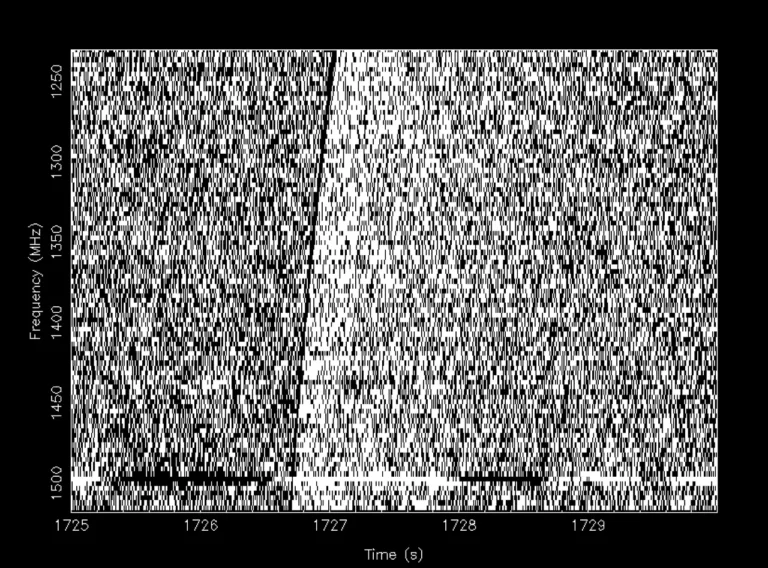
The Cosmic Mystery of Repeating Radio Signal FRB 121102
On November 2, 2012, radio telescopes in New Mexico detected a millisecond flash unlike any other ever seen: a “fast radio burst” (FRB) that returned in regular intervals. Dubbed FRB 121102, this object defied astronomers’ expectations by repeating dozens of times, hinting at a powerful, perhaps even artificial source billions of light-years away. Could these be signs of an exotic astrophysical engine, or something stranger? This article unpacks the discovery, the painstaking hunt for its origin, and why FRB 121102 has become the Rosetta Stone for understanding fast radio bursts—a class of phenomena still shrouded in cosmic mystery.
Background
Fast radio bursts are intense, millisecond-long pulses of radio energy discovered only in 2007. Most FRBs appeared as one-off events, vanishing forever after their first flash. FRB 121102 broke the mold by repeating more than a hundred times between 2012 and 2016, as recorded by Arecibo Observatory and the Very Large Array (VLA). Its precise localization was achieved using interferometry, which narrowed its position to a single point in the sky. By September 2016, astronomers had triangulated it to a faint, star-forming dwarf galaxy about 3 billion light-years from Earth . This groundbreaking identification made FRB 121102 the first FRB with a confirmed host galaxy.
Sources, Theories, and Events
Multiple theories attempt to explain the engine behind FRB 121102’s bursts:
- Young magnetar model: Proposes a newborn neutron star with a trillion-gauss magnetic field, spinning rapidly and generating giant “glitches” in its magnetosphere. Its high energy and repetition could match observations, but the required magnetic field strength pushes known physics.
- Pulsar–black hole interaction: Suggests a pulsar orbiting a black hole, whose accretion disk modulates radio beams. While elegant, no X-ray signatures typical of accretion have been detected.
- Extragalactic supernova remnant: The FRB could originate in a supernova bubble, where shock fronts produce coherent radio emission. However, the bursts’ submillisecond variability challenges this slow-evolving environment theory.
- Artificial beacon hypothesis: A fringe idea that FRB 121102 is a sign of advanced extraterrestrial intelligence. The repetitiveness might serve as a beacon, though lack of modulation patterns or information content undermines this speculation.
So far, the young magnetar model remains the leading contender, bolstered by similar radio pulses seen from Galactic magnetars—albeit far less powerful. Continued monitoring with CHIME and the Deep Synoptic Array aims to catch FRB 121102 in action across the electromagnetic spectrum.
Conclusion
FRB 121102 transformed our understanding of fast radio bursts by proving at least one repeater exists—and by giving astronomers a cosmic laboratory in a tiny, distant galaxy. While magnetars currently top the list of likely culprits, each new burst could carry clues that refine or overturn existing theories. As next-generation instruments come online, FRB 121102 will remain the Rosetta Stone for decoding these millisecond enigmas. What will the next flash reveal? Only time—and careful observation—will tell.
Picture from wikipedia: Source and author By Psr1909 – Own work, CC BY-SA 4.0,
https://commons.wikimedia.org/w/index.php?curid=44102265







